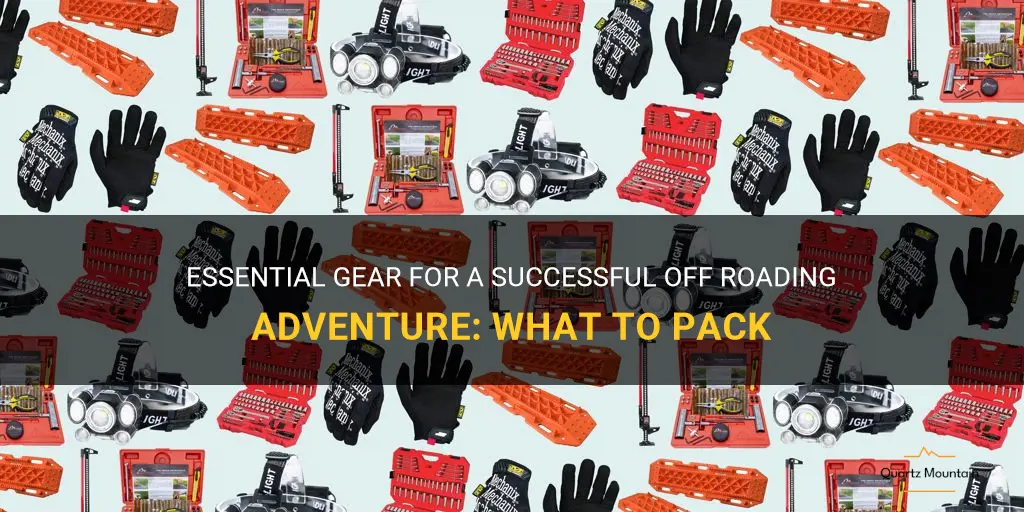
Are you an off-roading enthusiast looking to embark on your next adventure? If so, it's important to pack the right gear to ensure a successful and enjoyable trip. From rugged tires to recovery equipment, having the essential gear can make all the difference when conquering challenging terrains. Join us as we explore the must-have gear for a successful off-roading adventure.
| Characteristics | Values |
|---|---|
| Terrain | Rough, uneven, rocky, muddy |
| Weather | Hot, cold, rainy, snowy |
| Safety Gear | Helmet, seatbelts, roll cage, first aid kit |
| Navigation | Map, GPS, compass |
| Tools | Wrenches, screwdrivers, pliers, tire repair kit |
| Recovery Equipment | Tow straps, winch, shovel |
| Communication | CB radio, walkie-talkies |
| Lighting | LED light bars, flashlight, headlamp |
| Spare Parts | Spare tire, extra fuel, spare fuses |
| Clothing | Protective gear, sturdy shoes, raincoat |
| Food and Water | Non-perishable food, bottled water |
| Emergency Supplies | Fire extinguisher, emergency blanket, flares |
| Personal Items | Sunscreen, bug spray, sunglasses, hat |
| Entertainment | Music, books, games |
What You'll Learn
- What essential tools and equipment should I pack for off-roading?
- How many spare tires should I bring when going off-roading?
- Are there any specific types of clothing or gear I should pack for off-roading?
- Should I bring any camping or survival gear when off-roading?
- Are there any specific items I should pack for different off-roading terrains or weather conditions?

What essential tools and equipment should I pack for off-roading?
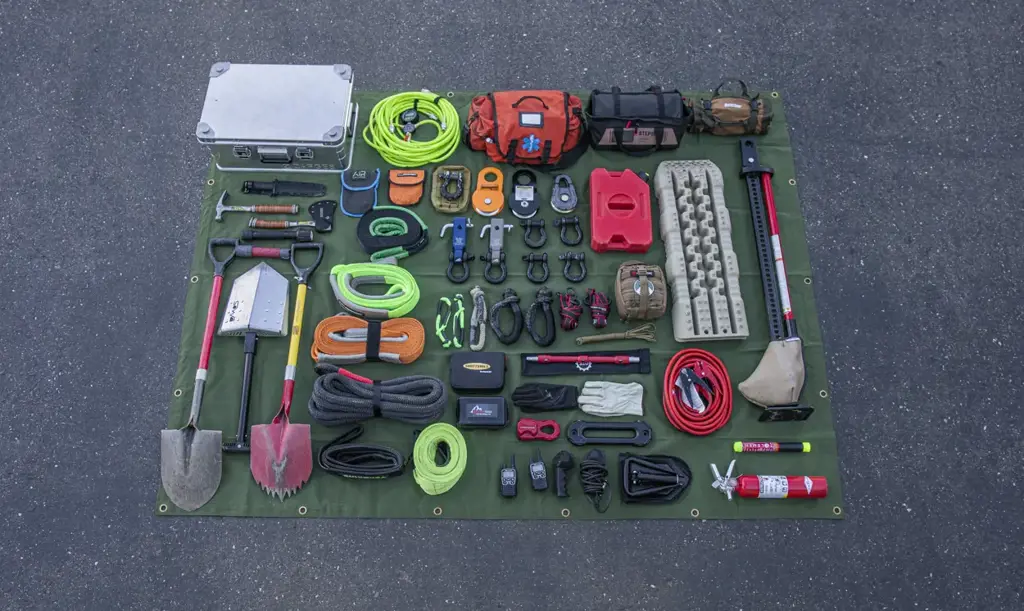
Off-roading is an exhilarating activity that allows individuals to explore the great outdoors and experience the thrill of driving on rugged terrains. However, it is important to be well-prepared and equipped with the right tools and equipment to ensure a safe and enjoyable off-roading experience. Here are some essential tools and equipment that you should pack before heading out on your off-road adventure.
- Recovery Gear: Off-roading often involves traversing challenging terrains, and getting stuck is a common occurrence. Therefore, it is crucial to have recovery gear on hand. This includes items such as recovery straps, shackles, a winch, and a snatch block. These tools will enable you to safely recover your vehicle if it becomes stuck in mud, sand, or other obstacles.
- Tire Repair Kit: Off-roading can be rough on your tires, and a puncture or flat tire is a possibility. Packing a tire repair kit, which typically includes a tire plug kit and an air compressor, will allow you to fix minor tire damage and reinflate your tires quickly.
- First Aid Kit: Safety should always be a top priority when off-roading. It is essential to have a well-stocked first aid kit with bandages, antiseptic ointments, and other medical supplies that can be useful in case of injury.
- Communication Devices: When off-roading in remote areas, it is essential to have a reliable means of communication. Carry a two-way radio or a satellite phone to stay connected with others in your group or to call for help in case of an emergency.
- Navigation Tools: Off-roading often takes you off the beaten path, so it is crucial to have proper navigation tools. Carry a GPS device or a compass and a detailed map of the areas you will be exploring. These tools will help you stay on track and find your way back to civilization.
- Tools and Spare Parts: Off-roading can put stress on your vehicle, causing minor mechanical issues. It is advisable to carry a basic toolkit that includes wrenches, pliers, screwdrivers, and other tools that can help you make simple repairs on the go. Additionally, having spare parts such as belts, fuses, and hoses can be a lifesaver if your vehicle experiences a breakdown.
- Emergency Supplies: Prepare for unexpected situations by packing emergency supplies like a flashlight, extra batteries, a fire extinguisher, and a whistle. These items can come in handy during a night-time breakdown or if you need to signal for help.
- Recovery Tracks: Off-roading in soft terrains like sand or mud can lead to your vehicle getting stuck. Recovery tracks, also known as traction mats or boards, can provide the necessary traction to get your vehicle unstuck. These tracks are placed under your tires and provide the grip needed to regain traction and drive out of difficult situations.
- Extra Fuel and Water: When off-roading, it is always wise to carry extra fuel and water. Off-road trails can be long and remote, so having extra fuel ensures that you won't run out in the middle of nowhere. Similarly, having an ample supply of water is essential for hydration, especially if you get stuck or stranded for an extended period.
- Personal Protective Gear: Finally, don't forget to pack personal protective gear such as gloves, goggles, and a sturdy pair of boots. These items will protect you from debris, sharp objects, and other potential hazards while off-roading.
In conclusion, off-roading can be an exciting and challenging adventure. However, it is crucial to be well-prepared and equipped with the right tools and equipment. Packing essentials such as recovery gear, a tire repair kit, a first aid kit, communication devices, navigation tools, tools and spare parts, emergency supplies, recovery tracks, extra fuel and water, and personal protective gear will ensure a safe and enjoyable off-roading experience. So, gather these items before your next off-road adventure and have a fantastic time exploring the great outdoors.
Your Ultimate Guide to Packing for Backcountry Camping
You may want to see also

How many spare tires should I bring when going off-roading?
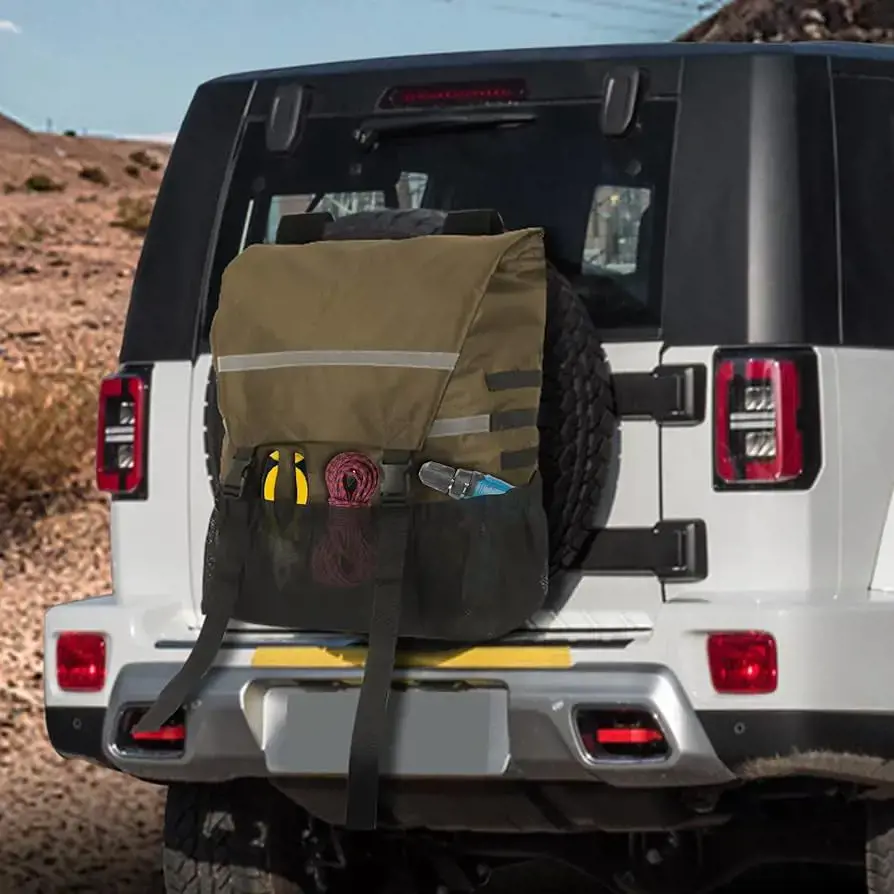
When heading off-roading, it's important to be prepared for the unexpected. One aspect of off-roading that often gets overlooked is having the right number of spare tires. While it may be tempting to bring just one spare tire, it's recommended to have multiple spares to ensure a safe and successful off-roading adventure. In this article, we will discuss the reasons why it is necessary to bring multiple spare tires and how many you should bring based on your off-roading experience and the conditions you'll be facing.
Off-roading can be a demanding activity that exposes your tires to rugged and unpredictable terrain. Rocks, sharp objects, and rough surfaces are commonplace when off-roading, and they can easily cause tire damage. Additionally, off-roading often involves driving for long distances in remote areas where help may not be readily available. This makes it crucial to have backup tires to avoid being stranded in the middle of nowhere.
The number of spare tires you should bring depends on several factors, including your off-roading experience and the type of terrain you'll be navigating. If you're a relatively novice off-roader and will be exploring known trails or mild terrains, having one or two spare tires should usually be sufficient. However, if you're an experienced off-roader who ventures into more extreme terrains or embarks on long-distance trips, it's wise to carry at least three or even four spare tires.
The logic behind having multiple spare tires is simple - if you encounter a flat tire or damage one tire beyond repair, you'll still have backups to keep you moving forward. Imagine finding yourself with a flat tire in a remote area with no cell phone reception. Having multiple spare tires allows you to replace the damaged tire and continue your off-roading adventure without delay.
In addition to the number of spare tires, it's equally important to have the necessary tools and equipment to change a tire efficiently. A high-quality jack, lug wrench, and tire iron are essential to make the tire changing process smooth. It's also advisable to carry a tire repair kit in case a tire can be temporarily patched up until a replacement is available.
When deciding how to pack your spare tires, consider options that allow easy accessibility while keeping them secure. Roof racks or rear-mounted tire carriers are popular choices among off-roaders, as they free up internal space and provide protection for the tires.
Lastly, it's crucial to regularly inspect your spare tires for wear and damage. Just like your regular tires, spare tires can deteriorate over time due to exposure to the elements and lack of use. Ensure they are properly inflated and have adequate tread depth to maximize their effectiveness in case of an emergency.
To conclude, when going off-roading, it's essential to bring multiple spare tires to ensure you can overcome unexpected tire damage and continue your adventure. The number of spare tires you should bring depends on your off-roading experience and the conditions you'll be facing. It's better to be prepared with more spare tires than not enough, as being stranded with a flat tire can quickly ruin an otherwise enjoyable off-roading trip. So, pack those spare tires, check your equipment, and get ready for an unforgettable off-roading experience!
Packing Essentials for a Memorable Day at Elitch Gardens
You may want to see also

Are there any specific types of clothing or gear I should pack for off-roading?
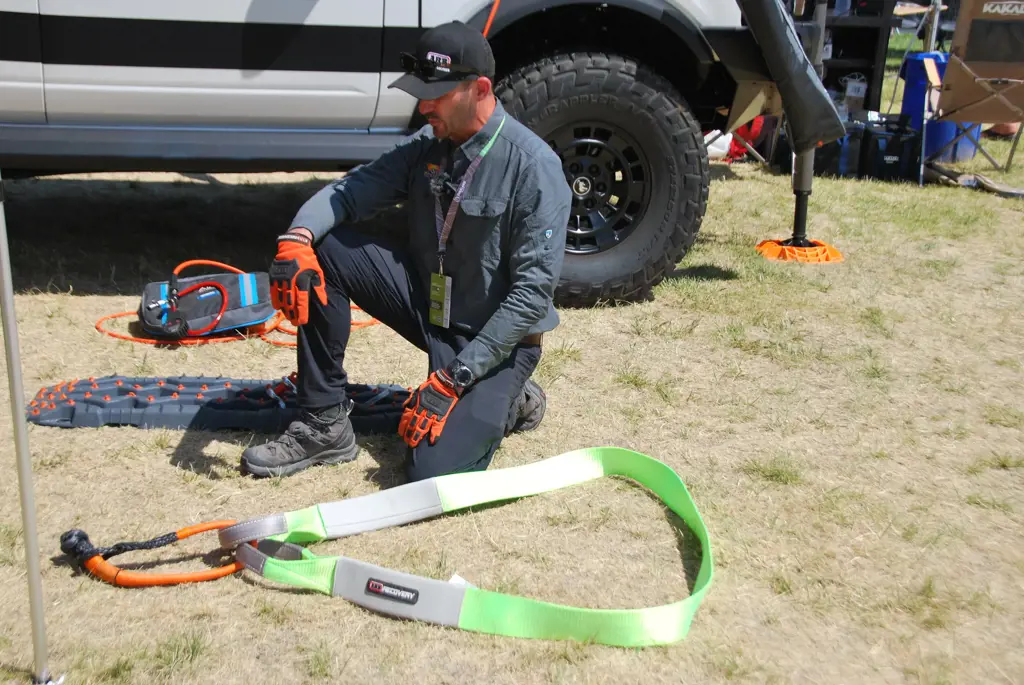
When it comes to off-roading, being properly equipped with the right clothing and gear is essential for both comfort and safety. Whether you are going off-roading for a day or embarking on a longer adventure, there are a few key items that you should pack to ensure a successful and enjoyable trip.
First and foremost, it is important to dress appropriately for the weather conditions you will be encountering. Layering your clothing is a good approach, as it allows you to add or remove layers based on the temperature. Start with a moisture-wicking base layer, such as a t-shirt or long-sleeved top, to keep you dry and comfortable. Over this, you can add a fleece or insulating layer to provide warmth. Finally, a waterproof and windproof outer layer, such as a jacket or shell, will protect you from the elements.
In terms of pants, it is advisable to wear durable and comfortable pants that allow for freedom of movement. Many off-roaders opt for jeans or cargo pants made from durable materials such as nylon or canvas. These pants should also offer some level of water resistance, as you may encounter wet or muddy terrain during your off-roading adventure.
When it comes to footwear, it is important to wear sturdy and comfortable shoes or boots that provide good traction. Off-roading often involves walking on uneven and slippery surfaces, so having footwear with good gripping capabilities is crucial. Many off-roaders prefer hiking boots, as they offer ankle support, durability, and excellent traction. Additionally, it is a good idea to bring an extra pair of socks to keep your feet dry and comfortable throughout the day.
In terms of accessories, a hat or a cap is highly recommended to protect your head and face from the sun. Sunglasses are also an important accessory to protect your eyes from the glare and dust that you may encounter while off-roading. Additionally, it is advisable to pack a pair of gloves to protect your hands, especially if you will be handling rough terrain or winching equipment.
Lastly, it is important to have a well-equipped toolkit and recovery gear. This should include basic tools such as a wrench, pliers, and a socket set, as well as recovery gear such as a tow strap, shackles, and a high-lift jack. These tools will come in handy in case of any mechanical issues or the need for vehicle recovery.
In conclusion, when packing for an off-roading adventure, it is important to dress appropriately for the weather conditions and choose clothing that is comfortable, durable, and provides protection from the elements. Layering your clothing is a good approach to accommodate changing weather conditions. Sturdy and comfortable footwear with good traction is essential, as well as accessories such as a hat, sunglasses, and gloves. Additionally, packing a well-equipped toolkit and recovery gear is crucial for any off-roading excursion. By being properly equipped, you can ensure a safe and enjoyable off-roading experience.
Essential Items to Pack for a Trip to Belize
You may want to see also

Should I bring any camping or survival gear when off-roading?
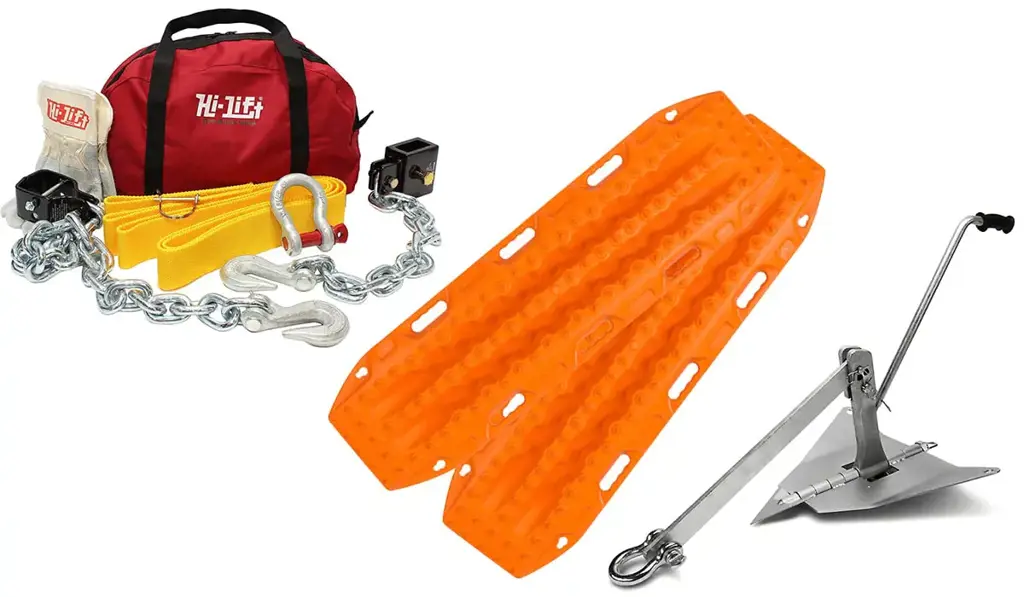
When heading out for an off-roading adventure, it's always important to be prepared for the unexpected. You never know what can happen out on the trails, so it's a good idea to bring along some camping or survival gear just in case. Here are some reasons why you should consider bringing this gear with you when heading off-road.
First and foremost, camping or survival gear can be a lifesaver in emergency situations. If your vehicle breaks down or you get stuck in a remote area, having the right equipment can help you stay safe and comfortable until help arrives. This can include items such as a tent, sleeping bag, and camping stove for shelter and warmth. Additionally, having a first aid kit and emergency supplies like a flashlight, extra batteries, and a multi-tool can help you navigate through unexpected challenges.
Furthermore, even without an emergency situation, having camping gear can enhance your off-roading experience. Many off-roading destinations are located in scenic areas with beautiful landscapes. Bringing along camping gear allows you to extend your stay and fully immerse yourself in nature. You can set up camp and enjoy the tranquility of the outdoors after a day of off-roading. This can make your off-roading adventure more enjoyable and memorable.
Another reason to bring camping or survival gear when off-roading is the unpredictable weather. While you may start your trip with clear skies, weather conditions can change rapidly, especially in mountainous areas. Having a sturdy tent and appropriate clothing can help protect you from rain, wind, or extreme temperatures. Being prepared for different weather conditions can ensure that you stay comfortable and safe throughout your off-roading journey.
Finally, having camping or survival gear allows you to be self-sufficient during your off-road adventure. While there may be facilities available at certain off-roading locations, it’s always a good idea to have the essentials with you. This can include food, water, and cooking equipment. Having these items on hand means you won't have to rely on finding a nearby restaurant or convenience store. It allows you to have more freedom and flexibility in your off-roading trip.
In conclusion, bringing camping or survival gear when going off-roading is highly recommended. Whether it's for emergencies, enhancing your experience, preparing for weather changes, or being self-sufficient, this gear can prove invaluable during your off-roading adventure. Make sure to pack the essentials and be prepared for any situation that may arise.
Finding the Perfect Size Dildo for Packing: A Complete Guide
You may want to see also

Are there any specific items I should pack for different off-roading terrains or weather conditions?
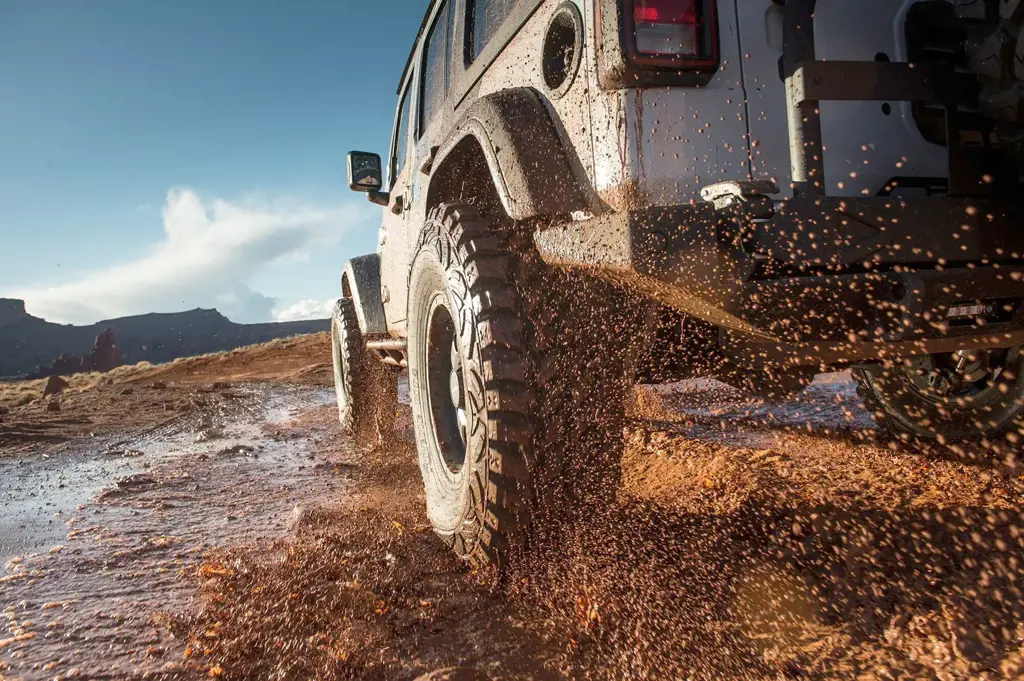
When going off-roading, it's important to be prepared for various terrains and weather conditions. Whether you're driving on rocky trails, sandy dunes, or muddy tracks, having the right equipment and supplies can make a significant difference in your off-roading experience. Here are some specific items you should pack for different off-roading terrains and weather conditions.
Rocky terrains:
- Recovery equipment: You'll need items such as a winch, tow straps, shackles, and a snatch block to help recover your vehicle if it gets stuck on rocks.
- Skid plates: Install skid plates on the underside of your vehicle to protect vulnerable components like the engine, transmission, and differential from rocks and obstacles.
- Rock sliders: These are metal guards that attach to the sides of your vehicle and protect the rocker panels from damage when traversing rocky terrain.
Sandy or dune terrains:
- Tire deflators: Lowering your tire pressure increases traction on sandy surfaces. Carry a set of tire deflators to quickly and accurately deflate your tires before hitting the dunes.
- Sand ladders: These are boards or mats that you place under your tires to create traction when navigating soft sand. They help prevent your vehicle from getting stuck in the desert or on sandy beaches.
- Shovel: A sturdy shovel will come in handy for digging out sand that may accumulate around your tires or under the undercarriage.
Muddy terrains:
- Mud tires: Install a set of aggressive off-road tires with larger tread blocks and self-cleaning capabilities to provide better traction in muddy conditions.
- Recovery tracks: These are plastic or metal tracks that you can place under your tires to gain traction in muddy situations. They can help you get unstuck without relying solely on digging or winching.
- Mud flaps: Install mud flaps on your vehicle to prevent mud from splashing onto the bodywork, which can lead to damage or reduced visibility.
Cold weather conditions:
- Warm clothing and blankets: Pack extra clothing layers, including warm jackets, hats, gloves, and thermal blankets, in case the weather turns cold unexpectedly.
- Emergency supplies: Carry items like a first aid kit, extra food and water, a flashlight, and a portable stove to stay warm and safe if you get stranded in remote or snowy areas.
- Snow chains: If you're expecting icy or snowy conditions, it's a good idea to bring snow chains to improve traction on slippery surfaces.
It's worth noting that the specific items you need to pack may vary depending on the severity of the terrain or weather conditions you anticipate. Before embarking on any off-roading adventure, it's also important to research the specific requirements and regulations of the area you'll be exploring. This will ensure you have all the necessary equipment and are well-prepared for any situation that may arise.
The Ultimate Packing Checklist for a 2-Week Cyprus Vacation
You may want to see also
Frequently asked questions
When preparing for an off roading adventure, it is important to pack the essential items to ensure a safe and enjoyable experience. Some important items to pack include a first aid kit, emergency supplies, recovery gear, navigation tools, extra clothing, food and water, communication devices, and vehicle maintenance supplies. This will help you be prepared for any situation that may arise while off roading.
Off roading can be a rugged and unpredictable activity, so it is important to be prepared for any potential injuries or accidents. A first aid kit is essential as it can provide immediate care for minor injuries such as cuts, bruises, or sprains. It should contain basic supplies such as bandages, gauze, adhesive tape, antiseptic wipes, pain relievers, and any necessary personal medications. Having a first aid kit on hand can help prevent further injury and provide temporary relief until professional medical help is available.
Recovery gear is crucial when off roading as it helps you get out of sticky situations or assist others in need. Some essential recovery gear includes a high-quality snatch strap or tow strap, a recovery shovel, a winch, D-rings or recovery points, and a traction aid such as sand ladders or recovery boards. It is important to familiarize yourself with how to properly use the recovery gear before setting off on your off roading adventure. Additionally, having a basic toolkit and spare parts for your vehicle can also come in handy for minor repairs on the trail.







